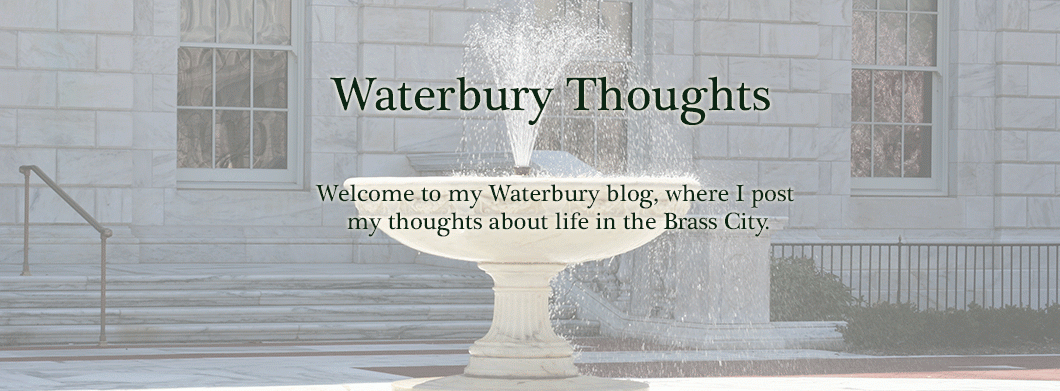Xenophobia is a word that has been used frequently in the past year. The definition, an intense or irrational dislike or fear of people from other countries, clearly describes some of the rhetoric we've been hearing from certain political figures. Whether it's an intense fear of Syrian refugees, an irrational dislike of Mexican immigrants, or an irrational fear of all Muslims, xenophobia has been surging.
As someone who was a child during the 1970s, I have long embraced the melting pot metaphor of this country, thanks in part to a School House Rock video and Disneyland's It's A Small World ride. One of the things that makes America great is our diversity, our ability to integrate people of different faiths and customs into our country. While other nations are torn apart by warfare and genocide stemming from their inability to get along with people of different religions and ethnicities, we have dozens of religions and ethnicities living together in relative harmony. Yes, we still have room for improvement, but overall, we're doing pretty well.
As someone who has immersed herself in historical studies for decades, I
have an instinct to compare current events to historical events. Despite the rosy image of the melting pot, our country's history is one in which new groups of immigrants often face a long uphill struggle toward acceptance and integration. Political rhetoric can easily turn to oppressive action. Studying what happened in the past can help us today. We can learn from the mistakes of the past and make better choices in the future.
It's fairly well known that Irish Catholics faced severe discrimination for decades after they began to arrive here in large numbers. Italians weren't considered "white" when they first arrived. Germans were
vilified during World War I, to the point that some of them even claimed to be Swiss rather than German. Distrust of Russian immigrants began after World War I and continued through most of the century, thanks to the Cold War. During World War II, Japanese Americans were so distrusted, our government (their government) took away everything they had and locked them up in internment camps.
To a degree, Waterbury has historically been more welcoming of foreigners than many other communities in the United States, largely because the factories eagerly welcomed immigrant laborers to their workforce. The city's success was dependent upon the continual influx of new workers to the factories. But each new immigrant group was met with suspicion, fear, and prejudice as they made their presence known in Waterbury.


